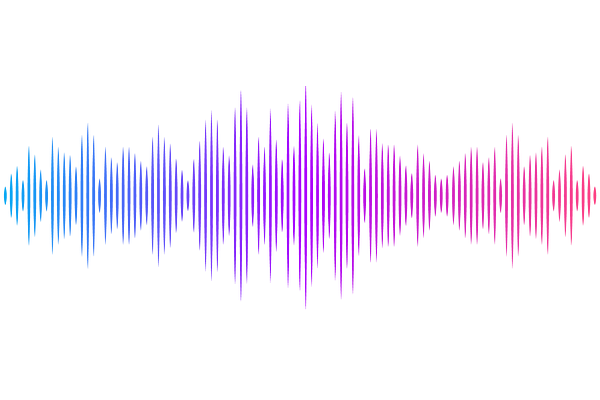Operant alcohol self-administration targets GluA2-containing AMPAR expression and synaptic activity in the nucleus accumbens in a manner that drives the reinforcing properties of the drug

Operant alcohol self-administration targets GluA2-containing AMPAR expression and synaptic activity in the nucleus accumbens in a manner that drives the reinforcing properties of the drug
Faccidomo, S.; Saunders, B.; May, A.; Eastman, V.; Kim, M.; Taylor, S.; Hoffman, J.; McElligott, Z.; Hodge, C. W.
AbstractRationale: The positive reinforcing effects of alcohol (ethanol) drive its repetitive use and contribute to alcohol use disorder (AUD). Ethanol alters the expression of glutamate AMPA receptor (AMPAR) subunits in reward-related brain regions, but the extent to which this molecular effect regulates ethanol reinforcement is unclear. Objective: This study investigates whether ethanol self-administration changes AMPAR subunit expression and synaptic activity in the nucleus accumbens core (AcbC) to regulate ethanol reinforcement in male C57BL/6J mice. Results: Sucrose-sweetened ethanol self-administration (0.81 g/kg/day) increased AMPAR GluA2 protein expression in the AcbC, without effect on GluA1, compared to sucrose-only controls. Infusion of myristoylated Pep2m in the AcbC, which blocks GluA2 binding to N-ethylmaleimide-sensitive fusion protein (NSF) and reduces GluA2-containing AMPAR activity, reduced ethanol-reinforced responding without affecting sucrose-only self-administration or motor activity. Antagonizing GluA2-lacking AMPARs, through AcbC infusion of NASPM, had no effect on ethanol self-administration. AcbC neurons receiving projections from the basolateral amygdala (BLA) showed increased sEPSC frequency and GluA2-like decay kinetics in ethanol self-administering mice as compared to sucrose. Optogenetic activation of these neurons revealed an ethanol-enhanced AMPA/NMDA ratio and reduced paired-pulse ratio, indicating elevated AMPAR activity and glutamate release specifically at AcbC terminals of BLA projecting neurons. Conclusions: Ethanol use upregulates GluA2 protein expression in the AcbC and AMPAR synaptic activity in AcbC neurons receiving BLA projections. GluA2-containing AMPAR activity in the AcbC regulates the positive reinforcing effects of ethanol through an NSF-dependent mechanism. This highlights a potential target for therapeutic interventions in AUD.